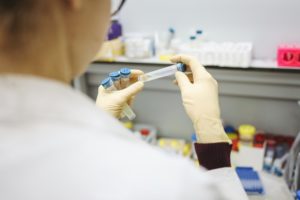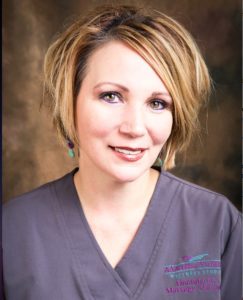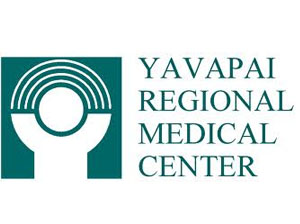 As the number of COVID-19 patients rises in Central and Northern Arizona hospitals, healthcare officials say they are able to manage the situation for now, but that could change quickly. At the time of publication, Yavapai Regional Medical Center West (YRMC) was treating 16 COVID-19 patients, YRMC East was caring for nine and Verde Valley Medical Center (VVMC) reported 16.
As the number of COVID-19 patients rises in Central and Northern Arizona hospitals, healthcare officials say they are able to manage the situation for now, but that could change quickly. At the time of publication, Yavapai Regional Medical Center West (YRMC) was treating 16 COVID-19 patients, YRMC East was caring for nine and Verde Valley Medical Center (VVMC) reported 16.
VVMC Chief Administrative Officer Ron Haase says the hospital is just five patients away from its highest number. “We could get to 21 overnight. We are very concerned,” he said in a media briefing Nov. 18. “We have been doing this for a while and we are ready for what may come, at least to the degree that we can be.”
At Flagstaff Medical Center, where 36 COVID-19 patients are in the Intensive Care Unit, and 10 are on ventilators, Chief Medical Officer Derek Feuquay says FMC is seeing more cases now than at the end of June, during its second surge. The first surge was marked in March and April. “We still have patients from the Navajo and Hopi Nation, but we definitely have more in Flagstaff than we have ever had.”
“It’s been very clear that the surge is coming again,” said Chief Administrative Officer Josh Tinkle. “We are taking appropriate steps to heighten visitor restrictions again for the safety of patients and staff members.”
Healthcare officials in the Verde Valley and Flagstaff say they are seeing a spike in the number of people testing positive between the ages of 20 and 40. They also are seeing positive tests in children. However, those in the ICU continue to be primarily elderly patients. “Obesity and diabetes seem to be a big contributing factor for those hospitalized,” said Feuquay.
Meanwhile, the number of positive cases is rising in 48 out of 50 states, including Arizona, although so far, rates here are not increasing as fast as they are elsewhere. Nonetheless, Northern Arizona Healthcare CEO and President Flo Spyrow says the medical community continues to be concerned about Yavapai and Coconino counties and the effect on the communities.”
“The biggest challenge here and across the country is finding the staffing to take care of those patients,” said Tinkle, noting that nurses are leaving the profession and 20,000 nursing requests have been submitted throughout the U.S. “Everyone is looking for caregivers. We’re okay, but if we see spikes up to 50-60% positivity rate that we’re seeing in other states, that would be a challenge for us.”
The media briefing came in the wake of news that 905 Mayo Clinic employees in the Midwest have been diagnosed with COVID-19. Most of the exposure is said to have happened in the community, not at work.
“I’m more concerned about our employees than a significant surge of patients,” said Spyrow. “The first time [there was a surge], the incidence rates where our employees lived were very low. Those incidence rates are going up. We’re now concerned about staffing and the ability to care for patients in critical areas.”
However, recent vaccine announcements by pharmaceutical companies Pfizer, Moderna and AstraZeneca offer hope. With efficacy rates reported up to 90% or better, FMC Chief Quality Officer John Mougin calls the news “very, very encouraging.” He says healthcare leaders around the state currently are reviewing the safety data and details about potential side effects.
“The vaccine will be distributed in phases,” Mougin said, noting that medical and essential workers and high-risk individuals will receive the vaccine first. “We may see as many as 30 million patients vaccinated by the end of January. This could change the landscape around COVID for the whole country.”
The great unknown is what will happen during the holiday season. Healthcare officials urge people to avoid gatherings – especially large ones, eat outside, sterilize high-touch areas, get tested, be especially careful around the elderly, continue masking and washing hands, and stay home if they are sick.
“With the trajectory we are on now, December and January would be the peak,” said Tinkle. “We are asking the community to social distance, wash hands, wear masks. That will help us out more than anything. Predicting the peak will be [determined by] how the community does over Thanksgiving. If everyone social distances, we may be able to push that [peak] out further. If we are not successful, if there’s a massive surge like is happening elsewhere, staffing will be extremely challenging for every hospital across the country.” QCBN
By Bonnie Stevens, QCBN









